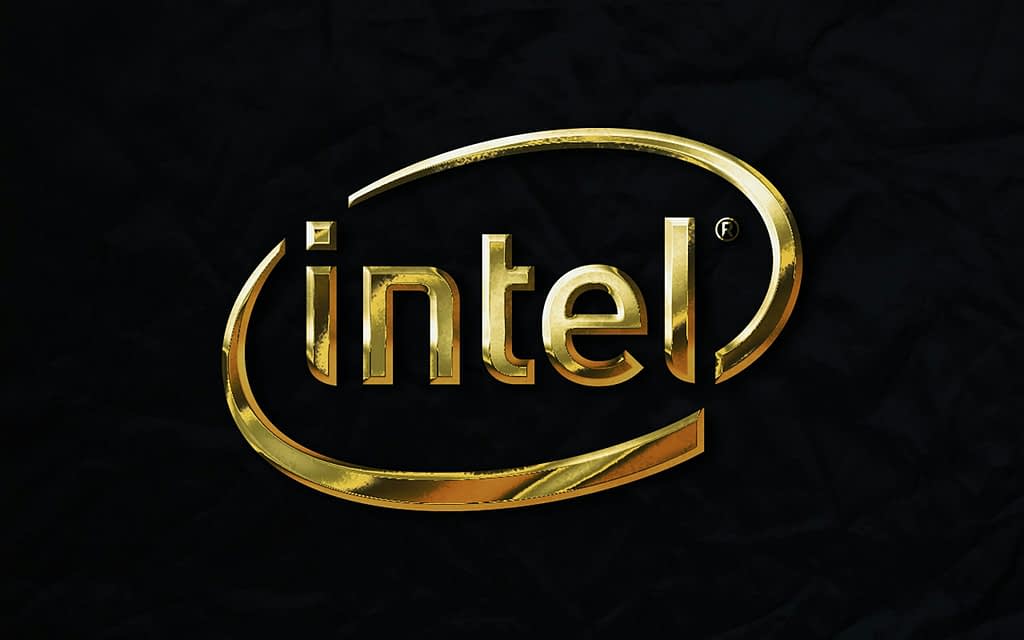Intel is preparing to announce plans this week to cut more than 20% of its workforce. The aim of this move is to eliminate bureaucracy in this struggling chip company and set a path to restore its former glory.
Extensive Restructuring Under New Leadership
This move is part of a broader strategy aimed at streamlining management and restoring an engineering-oriented corporate culture. It is the first major restructuring under the leadership of new CEO Lip-Bu Tan, who took office last month. This layoff follows last year’s reduction of approximately 15,000 jobs, which was announced in August. Intel had a total of 108,900 employees at the end of 2024, down from 124,800 in the previous year.
Intel shares rose by up to 3.5% in pre-market trading following the release of this information. However, the stock value has fallen by approximately 43% over the past 12 months and closed at $19.51 on Tuesday.
Path to Restoring Market Position
Tan is trying to turn around the situation of the iconic chip manufacturer after years of yielding to competition. The Santa Clara, California-based company has lost its technological edge and is struggling to catch up with Nvidia in the field of computing for artificial intelligence. This has contributed to three years of declining revenues and growing losses.
Lip-Bu Tan, a veteran of Cadence Design Systems, has promised to divest assets that are not core to Intel’s mission and create more competitive products. Last week, the company agreed to sell a 51% stake in its Altera programmable chip division to Silver Lake Management, a step toward fulfilling this goal.
According to Tan, Intel needs to:
- Replace lost engineering talent
- Improve its financial balance sheet
- Better adapt manufacturing processes to the needs of potential customers
Challenges on the Path to Revival
Intel has historically been slow to respond to the transition to artificial intelligence. This situation has allowed Nvidia to grow from a marginal player to the world’s most valuable semiconductor company – with revenues that now exceed Intel’s sales.
The company also had to postpone much of its expansion efforts, including plans for a facility in Ohio that was once to be the world’s largest chip manufacturing center. Intel was also supposed to be the largest recipient of funds from the 2022 US Chips and Science Act, but this program is now uncertain under President Donald Trump’s leadership.
Former CEO Pat Gelsinger himself admitted that the company lost its competitive spirit and expressed frustration with the speed at which it responded to the changing market. His successor Tan, in his first public appearance as CEO last month, stated that the turnaround will require time and will not be easy: “It won’t happen overnight, but I know we can achieve it.”
Investment Perspective on the Situation
Why this could be an investment opportunity:
- Positive market reaction – Intel shares rose significantly after the announcement of planned layoffs, suggesting that investors see this move as a positive effort to streamline the company
- Strategic restructuring – Under Lip-Bu Tan’s leadership, Intel is trying to restore an engineering-oriented culture, which could lead to better competitiveness, especially in artificial intelligence
- Historically low stock valuation – Despite recent growth, Intel shares remain significantly lower compared to the previous year, which may represent an attractive entry point for long-term investors
What to watch out for:
- Strong competition – Intel faces pressure from companies like Nvidia and TSMC, which have a lead in advanced technologies
- Long-term transformation – The success of the restructuring is not guaranteed and may require a longer time, during which there may be further fluctuations in the stock price
- Uncertainty in government support – Changes in the US administration may affect financial support from government programs




